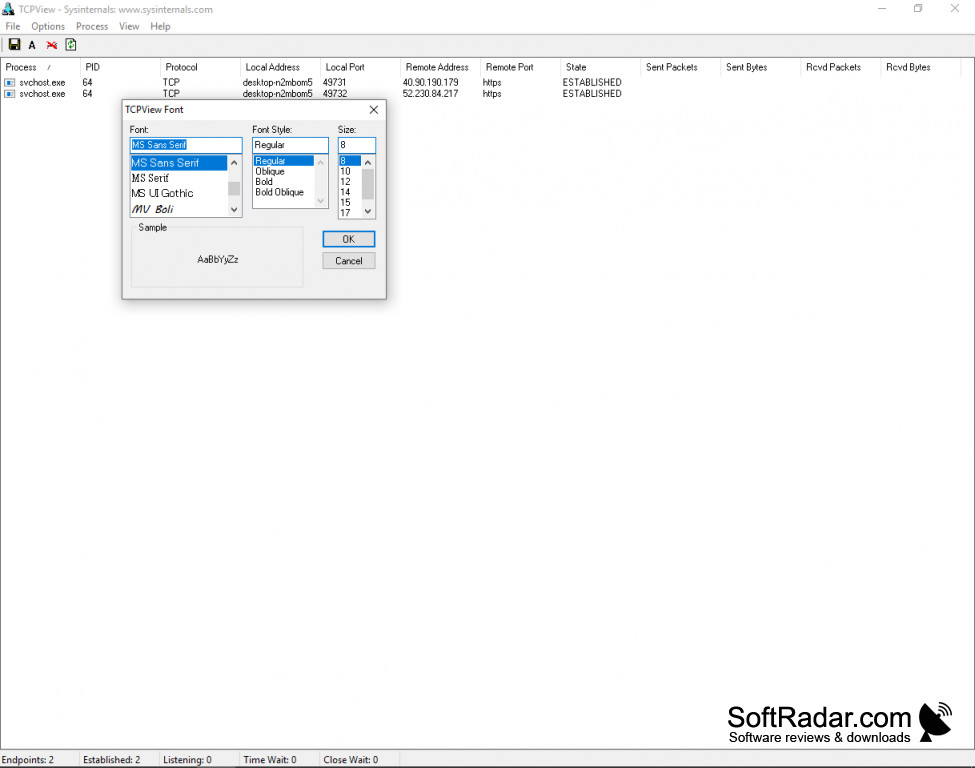

Option One: Check Active Connections with PowerShell (or Command Prompt)

Then, we’ll show you two free tools-TCPView and CurrPorts-that also get the job done and may be more convenient. The first uses the good old netstat command from PowerShell or the Command Prompt. We’re going to cover three ways you can view your PC’s active connections. Here’s how to see what’s going on under the hood. While some of these connections are harmless, there is always a chance that you have some malware, spyware, or adware using your Internet connection in the background without your knowledge. Your PC makes lots of Internet connections in a day’s business, and not all of them are necessarily sites you’re aware connections are happening with.


 0 kommentar(er)
0 kommentar(er)
